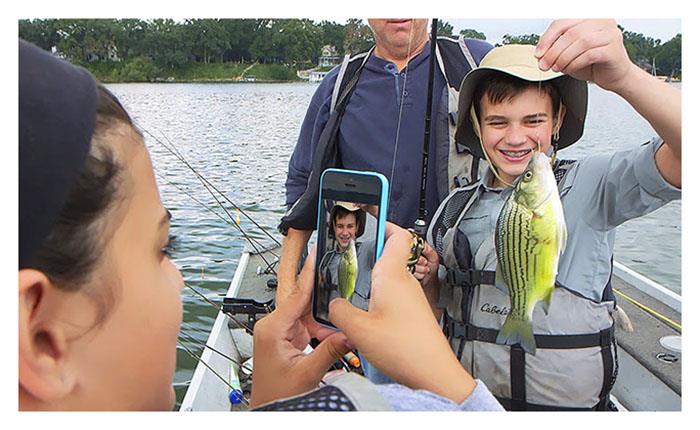
Public Broadcasting Service partners with Future Angler Foundation
by Future Angler Foundation 28 Jul 2022 00:49 UTC

Public Broadcasting Service partners with Future Angler Foundation © Future Angler Foundation
If research reveals that today's youth represent the biggest ROI for recruiting new anglers, then what's the best way to reach those kids who spend most of their time watching media or learning in school?
PBS and the Future Angler Foundation have cracked that code by joining forces with their Getting Families Fishing television shows and classroom curriculum series. Harnessing an unprecedented distribution network of 165 channels with the Emmy-winning impact of the Into the Outdoors Education Network, the program is not only breaking barriers into under-represented communities across the country, it's smashing records in long-format impressions to get kids and their families fishing.
In fact, a dozen fishing and boating television shows and their corresponding 30+ classroom videos with curriculum have already been telecast across the country 884 times on 165 channels, making 30,115,483 half-hour impressions. And when compared to a typical 30-second PSA, this program equates to over 750 million minutes of information and pathways to create new anglers.
"It's almost impossible today to design a certified educational television show about fishing and then have that show be embraced by PBS broadcast and digital channels across the country," said Pat Neu, President and co-founder of the Future Angler Foundation. "But the aquatic education and conservation content blended with revealing the pure fun of kids and their family's fishing unlocked the key to partnering with so many PBS stations."
Ironically, the classroom educational content of the program also unlocked another massive key to engaging new anglers... in schools across the country. Because the classroom videos and peer-driven curriculum of this program meet national education standards, PBS LearningMedia recently added the Getting Families Fishing series of angling and aquatic science content to their program offerings that impact 20 million users a year.
Who else wins in this perfect storm of R3 (Recruitment, Retention, and Reactivation)? Besides fishing related agencies and orgs benefiting from the generation of new anglers and their families, the program also offers all the educational, how-to, and aquatic science videos and companion classroom curriculum free to the entire R3 community to help benefit their programs to create new anglers. All of the educational content is free 24/7 with a few clicks.
Despite the resounding impact the show has in generating future anglers and helping to solidify the future of the fishing industry, the show's future hinges on partnerships. "The key to national networks broadcasting these fishing shows is providing them new content," says Neu. "We've worked diligently over recent years to acquire grants to help fund production of the Getting Families Fishing shows. But relying on grant funding exclusively is risky. And because this series in many ways represents the future of the sportfishing industry, state wildlife agency funding and the federal agencies that control access to our resources, it is imperative that we expand funding for our initiative to other funding sources including; fishing/boating industry funding, private contributions, and other NGO contributions."
Click here to learn more about the Getting Families Fishing series and discover why and how to partner in becoming part of the actual television show and classroom education content.